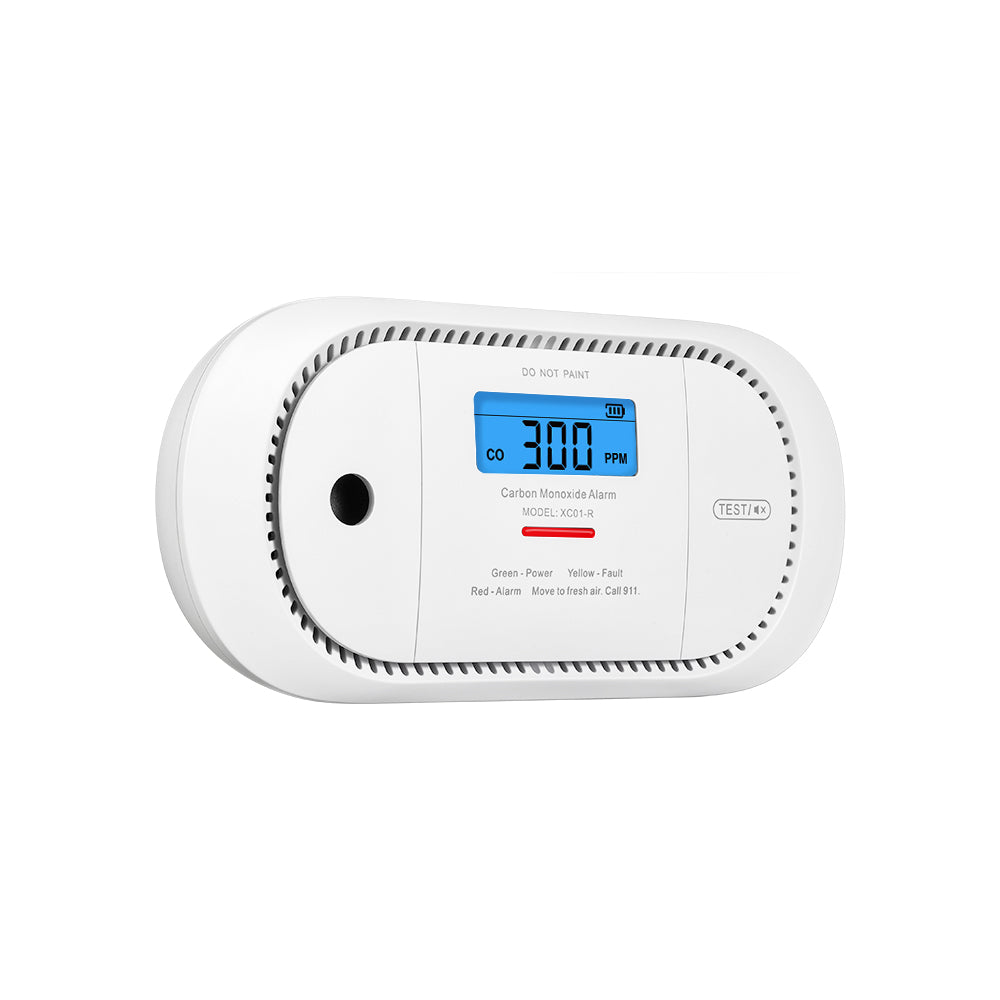Fire Safety for People with Disabilities
Wed, Apr 05, 2023
According to the National Fire Protection Association (NFPA), from 2014-2018:
- There was an estimated annual average of 7,100 reported home structure fires involving people with disabilities.
- Of these fires, 2,500 (35%) involved people with physical disabilities, and 4,600 (65%) involved people with cognitive disabilities or other mental impairments.
- Cooking equipment was the leading cause of these fires, accounting for 39% of fires involving people with disabilities.
It's important to note that these statistics are only based on reported fires, so the actual number of fires involving people with disabilities may be higher. Additionally, these statistics only include home structure fires, not other types of fires such as wildfires or vehicle fires.
Understand Your Fire Risk
It's always use caution and take appropriate fire safety measures in the kitchen and throughout the home to prevent fires and ensure the safety of everyone, including those with disabilities.
Fire safety for people with disabilities involves taking steps to ensure their safety during a fire emergency. These steps include planning escape routes that are tailored to their capabilities, installing and maintaining smoke alarms that are equipped with special features, considering the installation of fire suppression systems like sprinkler systems, keeping mobility aids and assistive devices within reach, and staying connected with family, friends, and emergency providers. By following these guidelines, people with disabilities can significantly reduce the risk of injury or loss of life during a fire.
Fire Safety Tips for People with Disabilities
Fire safety is an important consideration for everyone, but it can be especially challenging for people with disabilities. Here are some tips for fire safety for people with disabilities:
1. Develop a fire escape plan:
Make sure you have a plan for getting out of your home in case of a fire. Consider your mobility limitations, and make sure you have a plan that accounts for them. If you have a caregiver or family member who helps you, make sure they are involved in the planning process.
2. Install smoke detectors:
To ensure your safety in the event of a fire, it is important to properly install and maintain smoke alarms in your home. Here are some steps you can take, you can help ensure that your home is equipped with properly functioning smoke alarms to alert you in the event of a fire.
- Consider installing smoke alarms with a vibrating pad or flashing light if you are deaf or hard of hearing. There are also smoke alarms with strobe lights that can be placed outside your home to alert neighbors, as well as emergency call systems to summon help.
- Ask a friend, relative, or the manager of your building to help you install at least one smoke alarm on each level of your home.
- Test the batteries in your smoke alarms every month and replace them at least once a year. If you are unable to reach the test button on your smoke alarm, ask someone for assistance.
3. Consider a fire suppression system:
If you have limited mobility, it may be worth considering a fire suppression system such as a sprinkler system. These systems can help to contain a fire, allowing for more time to safely evacuate.
4. Keep mobility aids and assistive devices nearby:
It is important to keep your mobility aids and assistive devices nearby in case of a fire. Here are some steps you can take to ensure they are easily accessible:
- If you use a wheelchair or other mobility aid, make sure it is always within reach.
- Keep assistive devices such as hearing aids or communication devices nearby.
- Store these items in a consistent and easily accessible location in your home.
5. Ensure that you are not isolating yourself:
It is important to stay connected and communicate with others when it comes to fire safety. Here are some steps you can take to ensure that you are not isolating yourself:
- Discuss your fire safety plan with family members, building manager, or neighbors and practice it with them.
- Reach out to your local fire department's nonemergency line and explain your specific needs. They can provide suggestions for your escape plan and may even perform a home fire safety inspection upon request.
- Make sure that your emergency providers have your specific needs information on file.
- Keep a phone near your bed and be prepared to call 911 or your local emergency number if a fire occurs.
6. Practice your escape plan:
When planning your escape from a fire, it is important to consider your capabilities and make any necessary accommodations to ensure your safety. Here are some steps you can take:
- Identify at least two exits from every room in your home, and make sure they are accessible to you.
- If you use a walker or wheelchair, check that all exits have doorways that are wide enough for you to pass through.
- Consider installing exit ramps or widening doorways if needed to make it easier for you to escape in an emergency.












